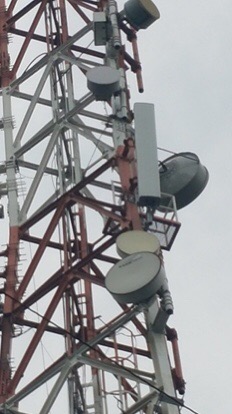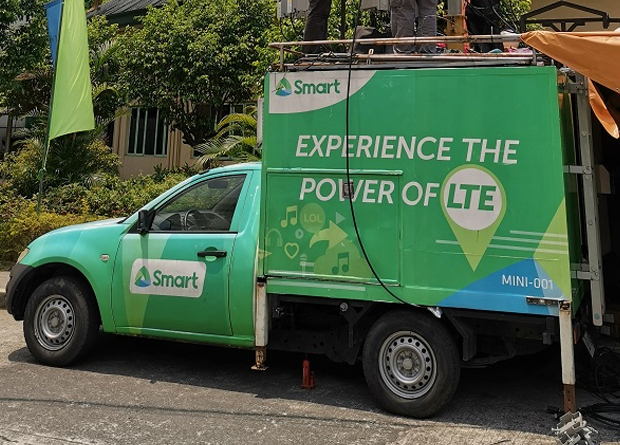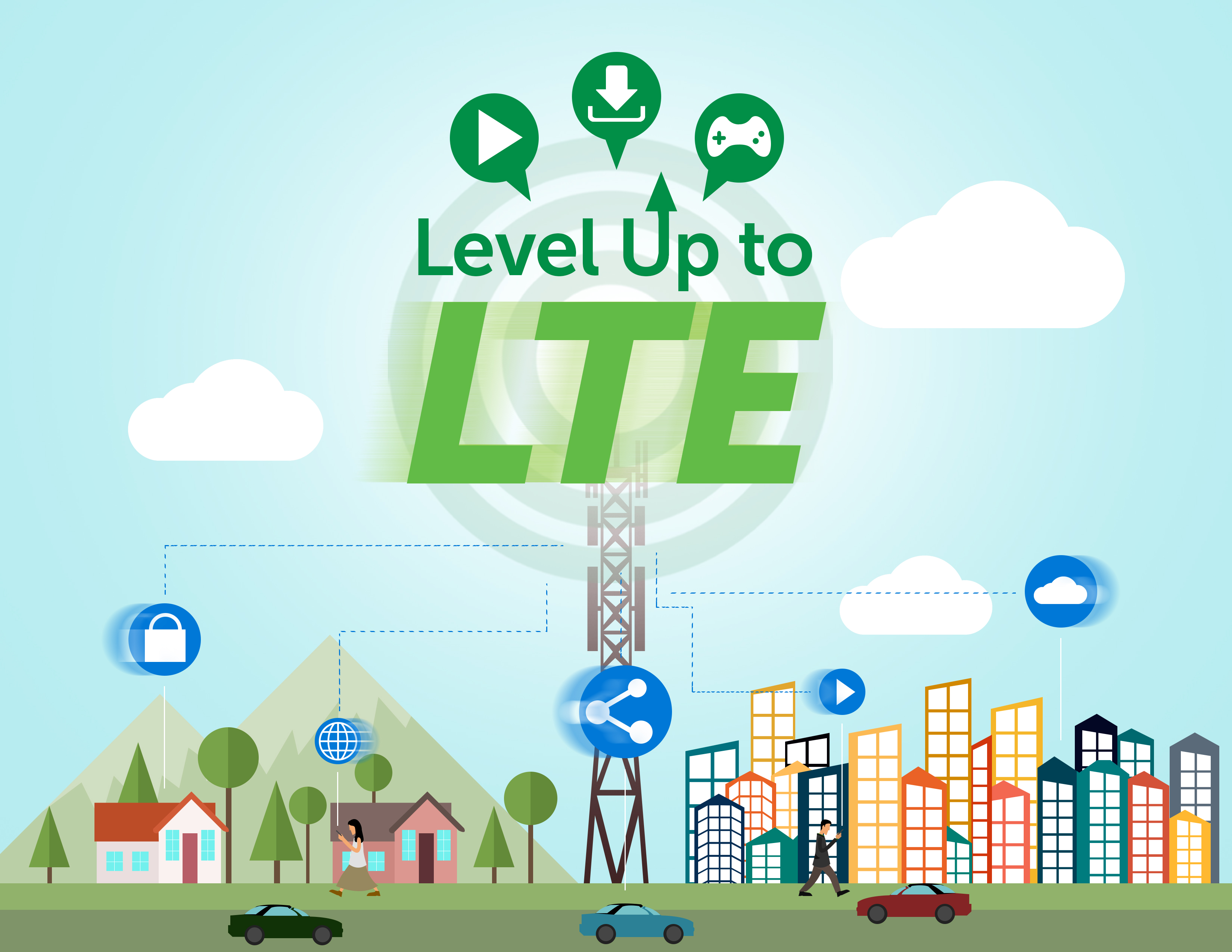Mobile data speeds in the Philippines have improved, latest findings from the Asia Network Quality Report of J.P. Morgan Securities for the fourth quarter of 2016 show.
Average LTE download speeds in the country went up to 8.24 Mbps in the last quarter of 2016, from the 7.27 Mbps national LTE average posted in the previous quarter. This is ahead of fellow archipelagic country Indonesia’s LTE average speed of 6.66 Mbps for the same period.
The same report, which cited crowd-sourced data gathered by wireless coverage research firm OpenSignal, also found that among Philippine carriers, Smart posted the highest overall LTE download speeds at 9.17 Mbps.
Smart has also taken the lead in NCR for 3G, with download speeds of 2.85 Mbps, the report shows. LTE download speeds across areas ranged from 7.39 Mbps in the Visayas to 9.99 Mbps in Metro Manila.
These improvements have been driven by the stepped up investments of operators to upgrade their data networks.
In the case of PLDT wireless subsidiary Smart Communications (Smart), it is now undertaking a nationwide, 3-year network expansion and overhaul program to improve both coverage and quality of service, particularly its LTE service.
A major leg of this network expansion is currently underway in Metro Manila and in Metro Cebu, and is expected to significantly boost Smart’s voice, SMS, and mobile data services, specially its indoor LTE coverage, in these urban centers. Earlier, Smart already completed its network overhaul program in Boracay and Metro Davao, where users have already reported improved quality of LTE services.
According to initial tests done by Smart, the ongoing network rollout in and around Metro Manila has begun to pay off. For example, tests in Rizal province showed LTE download speeds of up to 18 Mbps. In Cebu, initial speed tests conducted by Smart last week in selected indoor and outdoor areas have also generated download speeds in excess of 20 Mbps, marked improvements from the Open Signal reports in end-2016 for LTE and 3G.
Smart’s network rollout took a big bulk of parent company PLDT’s ramped-up capital expenditure program of $1 billion for 2016, with an additional $100 million allocated to utilize the new frequencies freed up with the acquisition of San Miguel Corporation’s telco assets.
According to Atty. Ray C. Espinosa, Chief Corporate Services Officer at PLDT and Smart, “this rollout is elevating the bar for mobile internet services in the country and serves as a more powerful platform for advanced and relevant digital services that will help transform the country into a more competitive, digitally-empowered nation.”
Progressively better mobile data experience
“We are asking for our customers’ patience and understanding while we are making a lot of changes in our network facilities. These activities are being done during the most inactive hours of the day, and we are putting systems in place to keep to a minimum the impact on our subscribers. In the end, our commitment to all our subscribers is that they will enjoy progressively better mobile data services in the next few months, particularly for those using LTE devices,” said Joachim Horn, chief technology and information advisor for PLDT and Smart.
Horn added that this acceleration of LTE deployment is because LTE, an all-IP network, delivers superior experience for users, particularly for data. It can also be quickly upgraded to LTE-Advanced (LTE-A), which can provide even faster speeds and greater capacity.
Smart began rolling out its first LTE-A service in April 2016 in preparation for the rise of bandwidth-heavy services such as video streaming and gaming, using a capability called “Carrier Aggregation”
Initially rolled out in Boracay, Smart’s LTE-A service delivers peak speeds of more than 100 Mbps to users with LTE-A capable









































































































